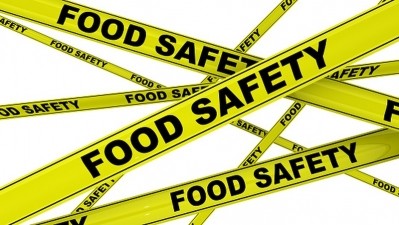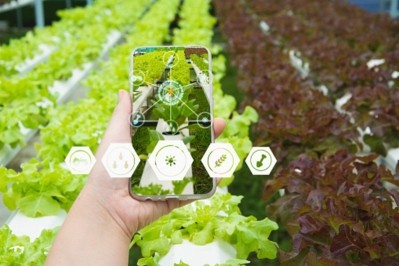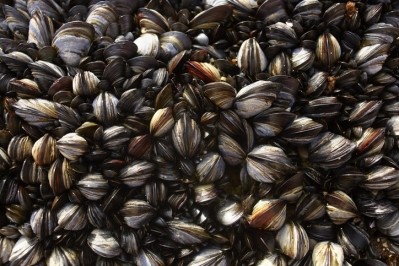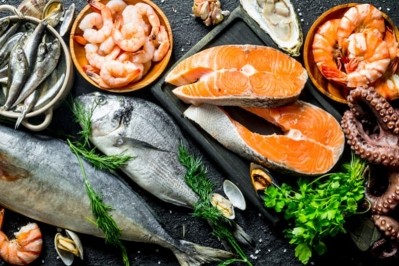Fishy fraudulence: Supermarkets identified as main source of seafood adulteration in Singapore
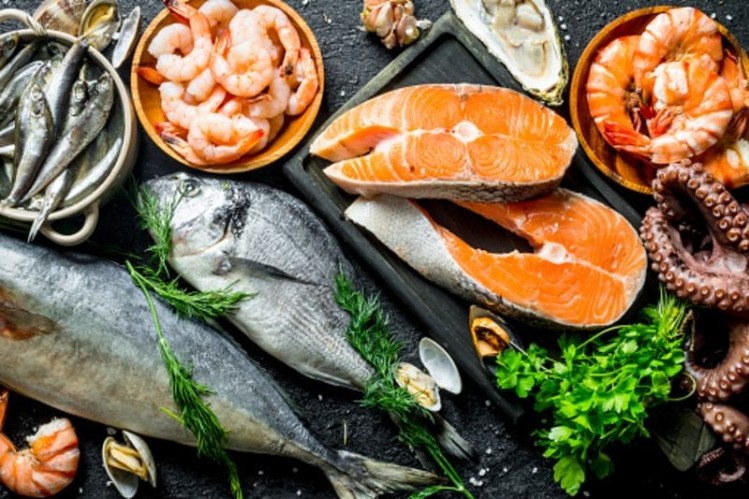
Singapore is heavily reliant on seafood as a protein and nutrition source, with an average consumption of 22kg per capita, but according to a recent Yale-NUS (National University of Singapore) study, over a quarter of this protein source could be fraudulently labelled and a potential threat to public health.
The researchers utilised DNA barcoding technology to identify the species of 89 seafood samples collected from restaurants and supermarkets across Singapore. Of these 89 samples, 23 or 25.8% were found to be mislabelled.
Mislabelling was determined based on comparison between the names the seafood were labelled and sold under in the stores and its ‘real’ name in the international FDA Seafood List, or local species names (in the local language, e.g. Toman for Snakehead of Patin for Striped Pangasius) – indicating that the seafood was sold under a name that ‘does not reflect its true genetic identity’.
“All the mislabelled products came from supermarkets, and were pre-packaged,” study lead author Sean Neo told FoodNavigator-Asia.
“This could be a consequence of the fact that most of the seafood sold in Singapore is imported, especially the pre-processed and packaged products sold at supermarkets.
“Fish processed for export are frequently cut into shapes and sizes that make them more compatible with modern efficiency-driven industrial processes (e.g., packing and canning lines), [removing] distinct species-specific morphological features which creates numerous opportunities for mislabelling.”
According to the Singapore Department of Statistics, as of 2021 Singapore imports some 96% of its seafood products – with the remaining 4% likely to be more of higher-value, non-frozen, non-processed seafood going to local restaurants with less chance of mislabelling occurring.
“Seafood mislabellings have the potential to detrimentally impact consumer health and can hinder the conservation of marine resources through the sale of fish that come from unsustainably managed stocks, or from species that are endangered,” he added,
“[For instance], certain species could contain elevated levels of environmental toxins or themselves be toxic, and consuming these could have harmful consequences.
“A serious example was pufferfish, which contains tetradotoxin, being sold as monkfish in the United States leading to neurological damage or hospitalisation; and closer to home Patagonian toothfish – of which some samples were sold in Singapore supermarkets as Seabass or Cod – have been shown to contain unsafe levels of mercury.”
Patagonian toothfish sold as Cod or Seabass was one of the top most mislabelled fish in Singapore with six occurrences, as well as Sablefish sold as Black Cod (three occurrences) and Iridescent shark sold as Dory or Bocourti (three occurrences).
“It is likely that these substitutions are for financial gain, [but] it is also possible that mislabelling arose from confusion in labelling terms,” wrote the report authors.
“[But disturbingly], out of a total of 42 different species which were barcoded, we found 23 (54.8%) species to be mislabelled – meaning this could impact over half of all seafood species entering Singapore.”
Policy and technology to stem the problem
According to the report authors, the best way to curb the seafood adulteration issue in Singapore is to work towards a multinational, multigovernmental solution to implement policies to minimise such occurrences.
“As a country that imports the vast majority of its seafood, without coordinated and effective multinational efforts there is little Singapore can do to prevent the sale of mislabelled products within its borders,” they said.
“Mislabelling can occur at any step in the supply chain, and with each link and processing step that passes it becomes increasingly more and more complicated to identify the true species and country of origin - However, it is possible for governments to advocate, collaborate and develop more stringent labelling practices at each step to improve product traceability.
“The implementation of national and international mandates that stipulate the inclusion of clear labels and product codes [would] allow consumers to make more informed choices on the food they consume. Similarly, the consumer must be prepared to pay a fair price to support these initiatives.”
Although this may be true, the implementation of policies involving multiple governments is not only a complicated process, but also a very lengthy one. As it is, within the seafood industry there are players looking to change the entire seafood supply chain by upending it and making seafood from plant-based or cultured sources using novel technologies.
“The main point is to create a seafood supply system that can feed people reliably and sustainably,” Singapore-based cultured seafood firm Umami Meats Co-Founder and CEO Mihir Pershad told us.
“So if the technology is available to create seafood that is as close to the identical to the real thing as possible – but takes out the need to be concerned about supply chains [leading to fraudulent products on shelves], why not?”
Source: Seafood mislabelling in Singapore
Journal: Food Control
Authors: Neo, S. et. al.
